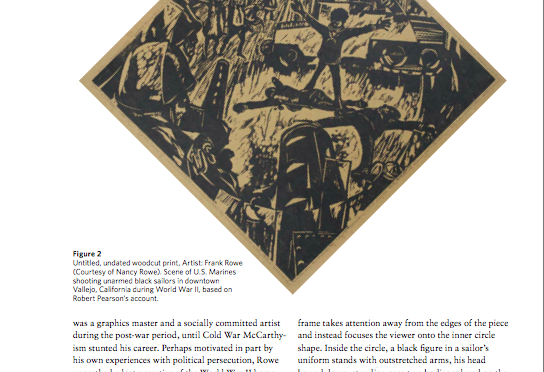Tag: politics of space
-
Harvard Design Magazine no. 42: Run for Cover!
More mailbag stuff! — This one arrived last week: Harvard Design Magazine no. 42: Run for Cover! In this issue, Demilit (of which I’m a member) has a piece on “thinking with suspicious packages,” an intervention into the discourse around tactical and informal urbanism(s). It draws from our research on urban securitization and electronic networks, particularly by…
-

Spaces of the 1942 Black Sailors’ Uprising in Vallejo, California
I wanted to give a quick heads-up that, at long last, one of my articles that took forever to publish has been released. This article reflects some of the work in my dissertation and book project, albeit much strengthened through the publishing process. I hope some of you can find it useful in your classes…